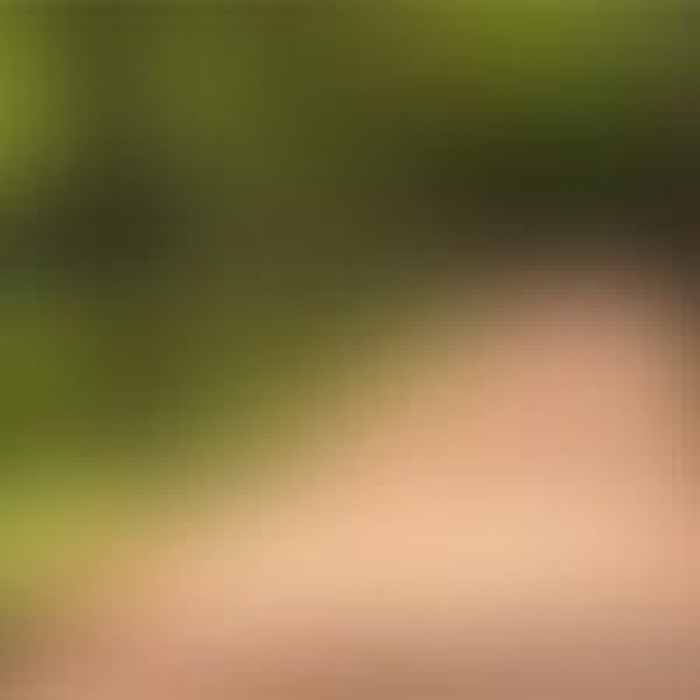Explore your city and its people.
Sign up and experience the pulse of the city and its citizens...
City Pulse
Khandagiri a historic place of Odisha.
Year.2014
‘
1/5
To the west of Bhubaneswar are the twin hills of Khandagiri and Udaygiri (c. first century BC), the next major Orissan historical monument after Ashoka\'s rock-cut edict.The rocks of the Khandagiri and Udaygiri hills were carved and tunneled, to create this multi-storied ancient apartment residence for Jain monks. They were the work of the first known Orissan ruler, King Kharavela, and probably begun in the first century BC. Kharavela was a king of the Mahameghavahana dynasty, who is known for expansion of the Kalinga empire and his installation of public improvements, such as canal systems. His queen was evidently quite a patron of the arts, and probably had much to do with the impressive sculptural decoration of the caves.As you approach the site, Khandagiri, with its 15 caves will be on the left. Udaygiri will be on the right. The 18 caves of Udaygiri include the famous Hathi Gumpha (\'Elephant Cave\') with its famous inscription of Kharavela. From the inscription, we learn much about Kharavela\'s military exploits, and also that his royal city had gate towers, bathing and drinking tanks, and was the scene of formally organized music and dance performances, as well as sporting and social events. The city, says the inscription, "was made to dance with joy". Kharavela was evidently a skilled musician, and it seems as if he created a remarkable center of the arts.The famous Rani Gumpha (\'Queen\'s Cave\'), also on Udaygiri, has upper and lower stories, a spacious courtyard, and elaborate sculptural friezes. The carvings show popular legends, historical scenes, and religious functions, as well as many dancers. The style seems quite well-developed, and of a singular grace and liveliness.The Ganesha Gumpha, which is reached by a walkway from the lower storey of the Rani Gumpha, is isolated, and perhaps for this reason, better preserved. Its two dwelling-spaces with verandah in front are reached by a short staircase from the courtyard.All of the caves are small, and follow the natural configurations of the \'living rock\'. The sculpture throughout exhibits a strong, lively folk element, which has been executed with






 Ò
Ò  Ò
Ò  Ò
Ò